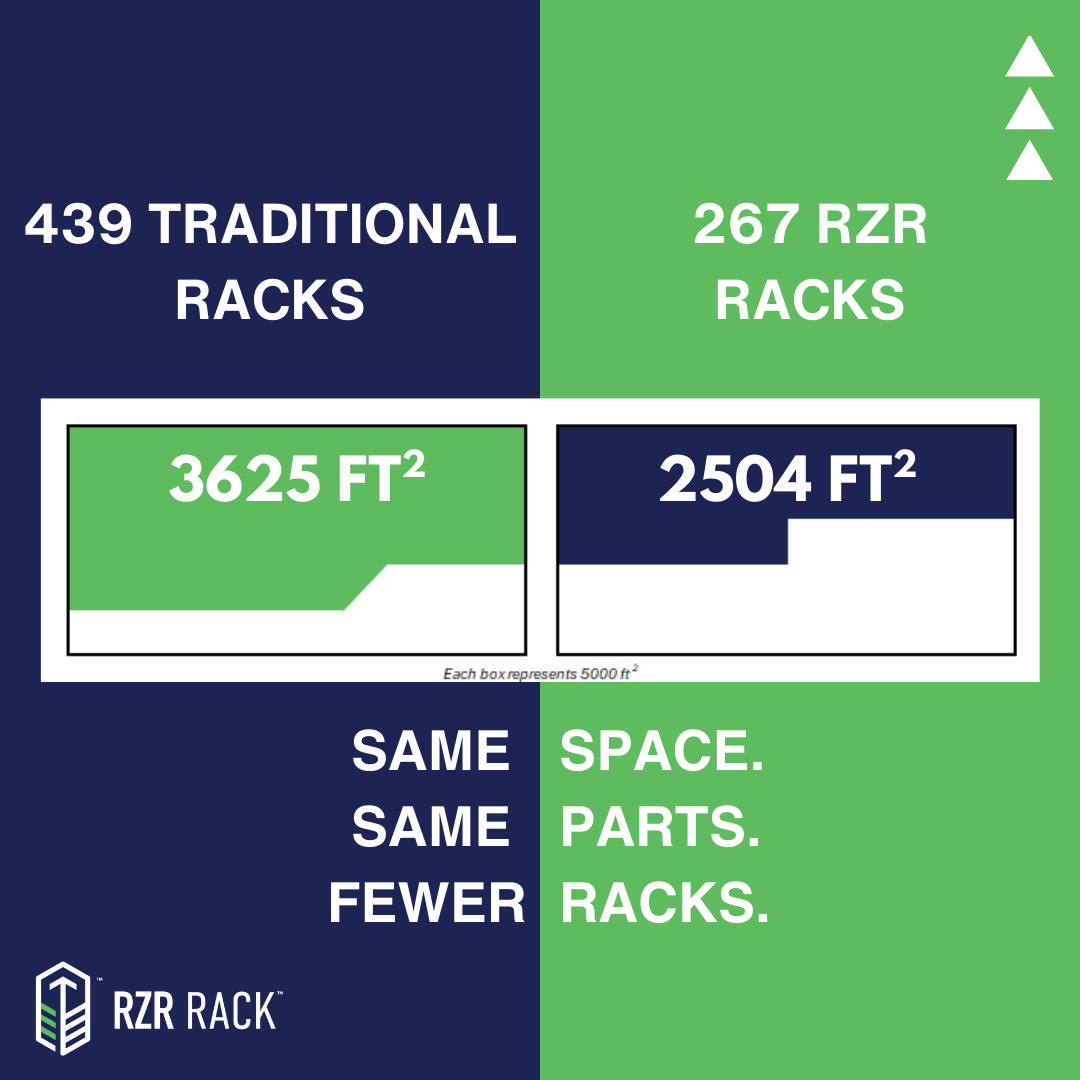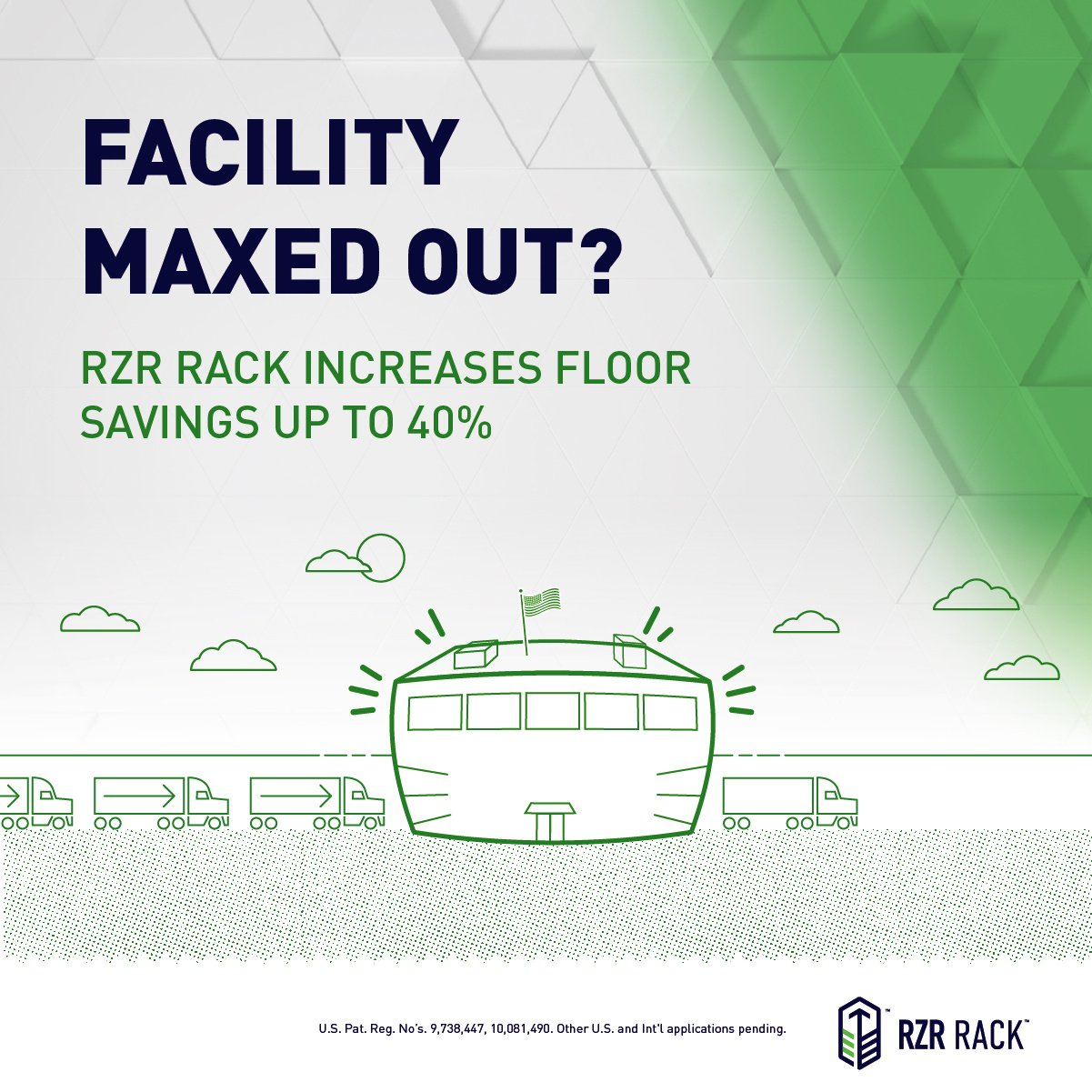Introduction
Inventory management is a critical aspect of any business, influencing efficiency, cost savings, and customer satisfaction. In recent years, businesses have been turning to sustainable solutions like returnable packaging to optimize their operations. In this blog post, we explore how returnable packaging transforms inventory management, delivering a host of benefits to businesses across industries.
Enhanced Visibility and Tracking
Returnable packaging is designed with traceability in mind. Each container is uniquely identifiable, allowing businesses to track its movement throughout the supply chain accurately. This enhanced visibility enables real-time monitoring of inventory levels, providing valuable data to make informed decisions about restocking and managing demand fluctuations.
Streamlined Replenishment
The reusable nature of returnable packaging simplifies the replenishment process. When empty containers are returned to the supplier or distribution center, they can be quickly cleaned, inspected, and refilled for the next shipment. This streamlined process reduces lead times and ensures that the right amount of packaging is readily available, preventing stockouts and reducing the need for excessive safety stock.
Reduced Holding Costs
Traditional packaging solutions often result in a considerable amount of waste, taking up valuable storage space and incurring unnecessary holding costs. Returnable packaging, on the other hand, allows businesses to stack and store containers efficiently when not in use. This optimized use of storage space leads to reduced holding costs, freeing up resources for other aspects of the business.
Minimized Packaging Waste
By replacing single-use packaging with returnable containers, businesses can significantly reduce packaging waste. The circular economy approach of returnable packaging ensures that containers are continuously reused, reducing the need for frequent disposal. This sustainable practice aligns with environmental goals while positively impacting a company’s bottom line.
Collaboration and Supply Chain Efficiency
Returnable packaging promotes collaboration within supply chains. Manufacturers, suppliers, and customers work together to ensure the timely return and reuse of packaging materials. This collaboration fosters efficient supply chain practices, streamlining the flow of goods and promoting a leaner inventory management process.
Conclusion
Returnable packaging has a transformative impact on inventory management, driving efficiency, sustainability, and cost savings. With enhanced visibility and tracking, businesses can make data-driven decisions to optimize inventory levels. Streamlined replenishment processes and reduced holding costs contribute to more agile and resilient operations.
Embracing returnable packaging not only reduces packaging waste but also fosters collaboration within supply chains, ultimately resulting in a more efficient and sustainable business model. By making the switch to returnable packaging, businesses can unlock the potential for streamlined efficiency and create a positive impact on their bottom line and the environment.


